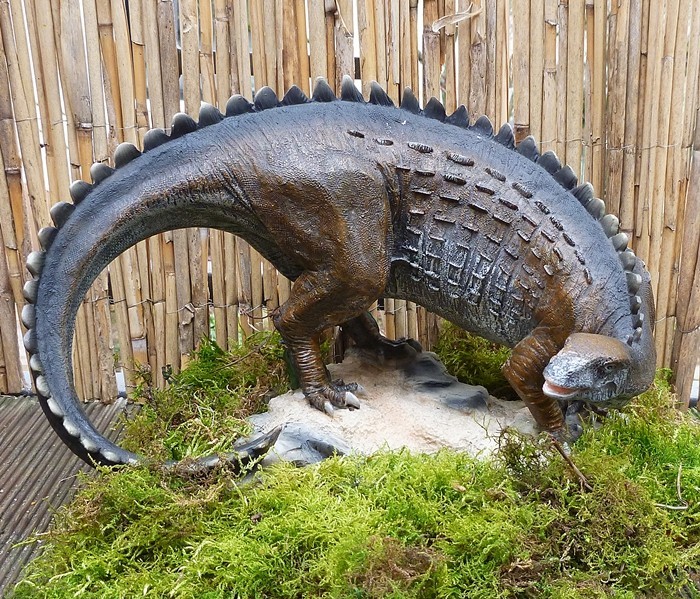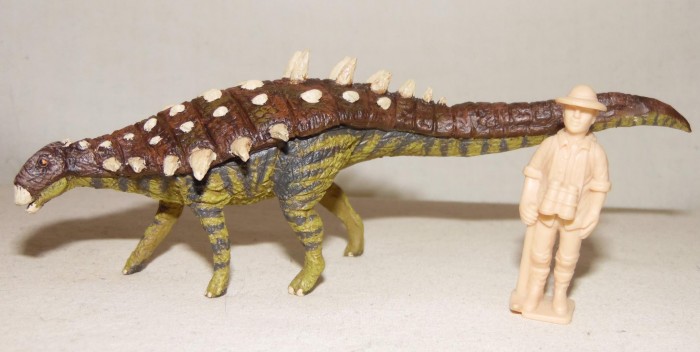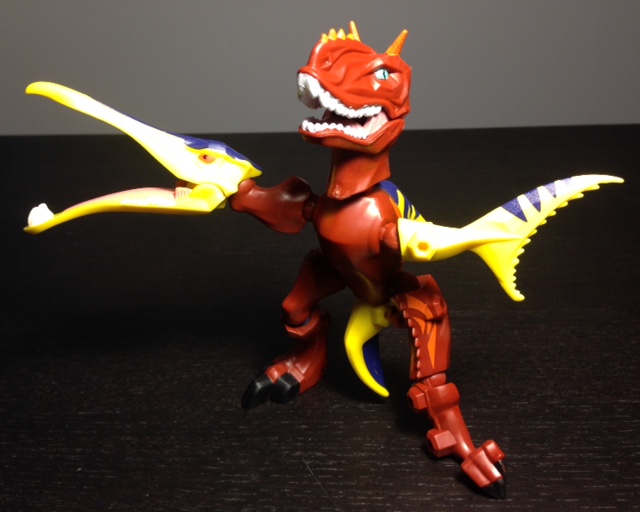Review and photos by Lanthanotus, edited by Suspsy
Remember that long lost time when you had to search for an unknown term in a tremendous lexicon, through library research or by making contact with friends via mail in paper form (because phone calls were so expensive), post being delayed by two weeks and another two until you got an answer?
Review: Baryonyx (Jurassic Hunters by Geoworld)
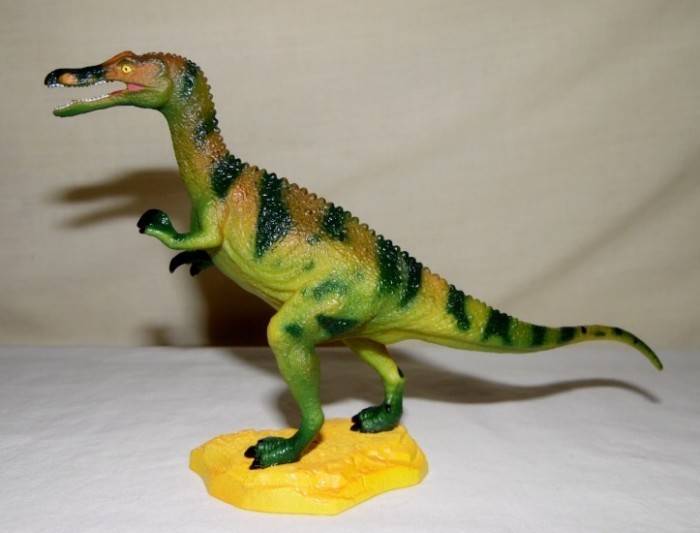
2.4 (9 votes)
Review and photos by Takama, edited by Suspsy
If you are deeply into dinosaurs, then you should already know what Baryonyx is. For those who happen to be average lay people or new to the hobby, Baryonyx was a large fish-eating theropod that lived during the Early Cretaceous in what is now England.
If you are deeply into dinosaurs, then you should already know what Baryonyx is. For those who happen to be average lay people or new to the hobby, Baryonyx was a large fish-eating theropod that lived during the Early Cretaceous in what is now England.
Review: Miragaia (CollectA)
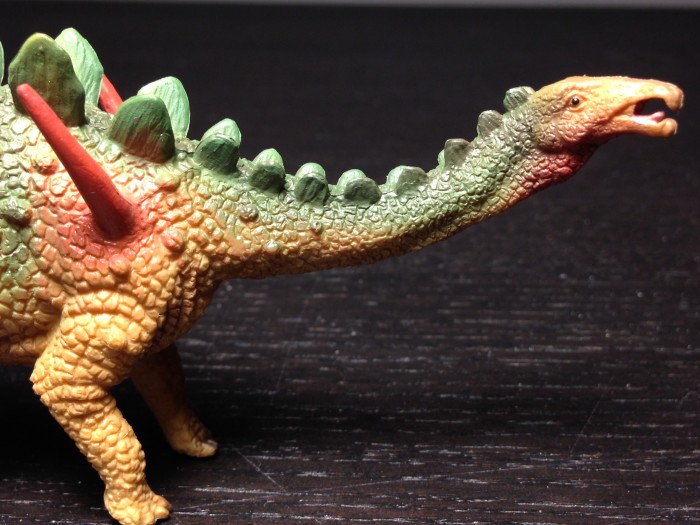
3.3 (20 votes)
Discovered in Portugal in 1999, Miragaia is unique for having the longest neck of any known stegosaur, with at least seventeen vertebrae. Its name refers both to the parish where it was discovered and the Latin for “beautiful earth goddess.”
The 2012 CollectA Miragaia appears to have been caught in a moment of surprise.
Review: Deinonychus Hatchling (Johan Scherft)
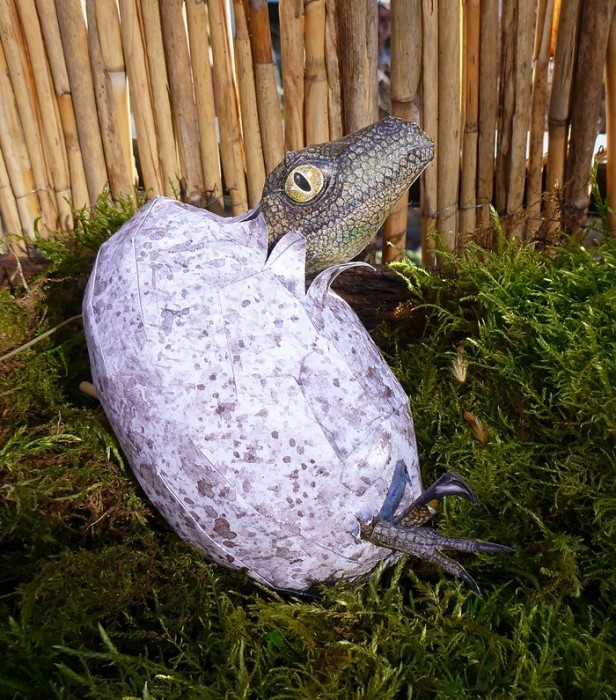
3.5 (4 votes)
Review and photos by Lanthanotus, edited by Suspsy
Following my review about the Styracosaurus hatched from a chocolate surprise egg, I’ll introduce you to a “real” hatchling in this review, just the right thing to put some Mesozoic spice to your upcoming Easter celebrations–the model of hatching Deinonychus by talented Netherlands artist Johan Scherft.
Following my review about the Styracosaurus hatched from a chocolate surprise egg, I’ll introduce you to a “real” hatchling in this review, just the right thing to put some Mesozoic spice to your upcoming Easter celebrations–the model of hatching Deinonychus by talented Netherlands artist Johan Scherft.
Review: Hylaeosaurus (Protocasts)
Review: Styracosaurus (CollectA)
Review: Australovenator (Australian Age of Dinosaurs and Minizoo)
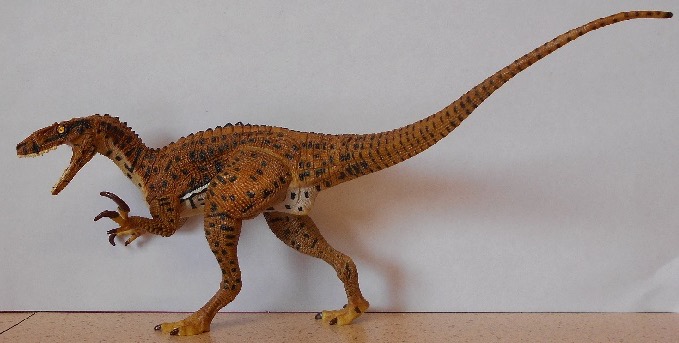
4.5 (17 votes)
Review and photos by Triceratops83, edited by Suspsy
Australovenator wintonensis is a megaraptoran theropod from Queensland and is Australia’s best known theropod from good remains. It comes from the Winton Formation which in the Early Cretaceous was a system of rivers and forests on the edge of the inland Eromaga Sea.
Australovenator wintonensis is a megaraptoran theropod from Queensland and is Australia’s best known theropod from good remains. It comes from the Winton Formation which in the Early Cretaceous was a system of rivers and forests on the edge of the inland Eromaga Sea.
Review: Stegoceratops (Jurassic World Bashers and Biters by Hasbro)
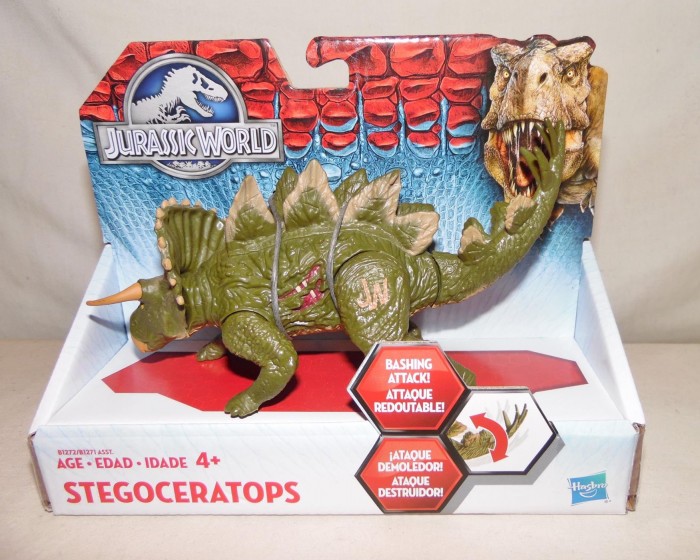
1.5 (13 votes)
Review and photographs by Takama, edited by Suspsy
And now we come to the last of the Bashers and Biters figures released in 2015, and like the last one I reviewed, it’s not even a real dinosaur. Thankfully, this abomination was never featured in the flesh in Jurassic World, but due to the Indominus Rex’s unfortunate popularity, I can’t help but wonder if this thing will makes its big screen debut in the upcoming sequel.
And now we come to the last of the Bashers and Biters figures released in 2015, and like the last one I reviewed, it’s not even a real dinosaur. Thankfully, this abomination was never featured in the flesh in Jurassic World, but due to the Indominus Rex’s unfortunate popularity, I can’t help but wonder if this thing will makes its big screen debut in the upcoming sequel.
Review: Spinosaurus (Deluxe Walker by CollectA)
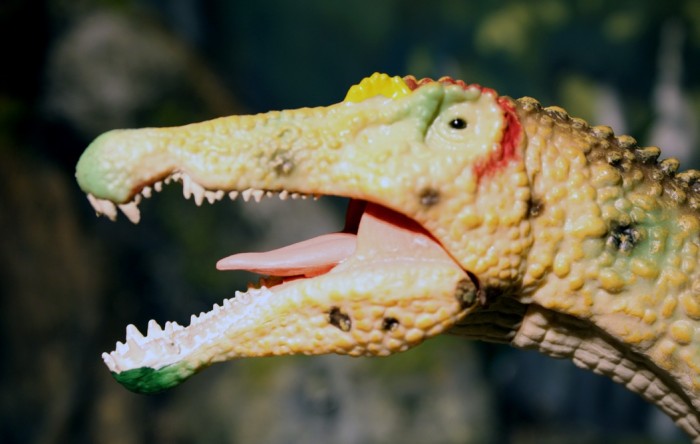
4.2 (18 votes)
Review and photographs by Dinomike, edited by Suspsy
CollectA has demonstrated that they’re ready to play in the niche market scene by pandering to their small, but potentially loyal dinosaur community. Faster than a Gallimimus running on a Cretaceous treadmill, they’ve sped past their competitors and produced not only one, but three amazing interpretations of Spinosaurus aegypticus based on Paul Sereno and Nizar Ibrahim’s scientific paper published in 2014.
CollectA has demonstrated that they’re ready to play in the niche market scene by pandering to their small, but potentially loyal dinosaur community. Faster than a Gallimimus running on a Cretaceous treadmill, they’ve sped past their competitors and produced not only one, but three amazing interpretations of Spinosaurus aegypticus based on Paul Sereno and Nizar Ibrahim’s scientific paper published in 2014.
Review: Styracosaurus (Ferrero Kinder Überraschung)

3 (2 votes)
Review and photographs by Lanthanotus, edited by Suspsy
“Styracosaurus?! Someone messed up the title, that’s obviously a Triceratops, isn’t it?” Well, let’s discuss this at a later point. This tiny figure is one of eight prehistoric reptiles dating back to 1978 and hatched out of those famous “Kinder Überraschung” chocolate eggs (“surprise eggs”).
“Styracosaurus?! Someone messed up the title, that’s obviously a Triceratops, isn’t it?” Well, let’s discuss this at a later point. This tiny figure is one of eight prehistoric reptiles dating back to 1978 and hatched out of those famous “Kinder Überraschung” chocolate eggs (“surprise eggs”).
Review: Carnotaurus with Ichthyosaurus (Jurassic World Hero Mashers by Hasbro)
Review: Entelodon (Mojö Fun)
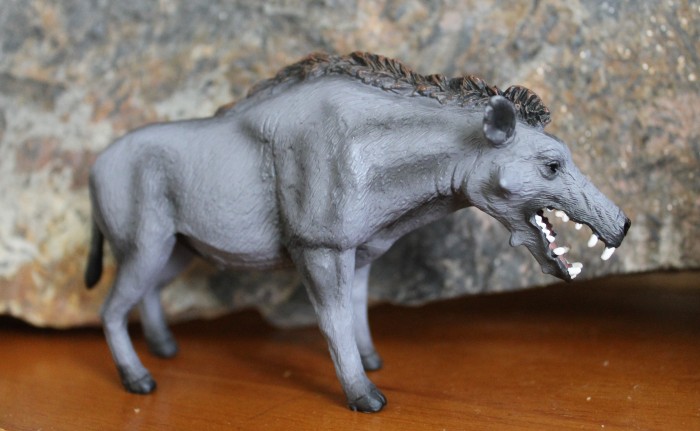
4.8 (6 votes)
Despite their appearance and popular designation as “Hell” or “terminator” pigs the group scientifically knows as the entelodontidae are now thought to have been more closely related to whales and hippopotamuses. Regardless of their taxonomic affinity there is no denying the superficial resemblance the entelodonts have to pigs, and one has to wonder if they had a similar temperament to pigs and hippopotamuses as well.

